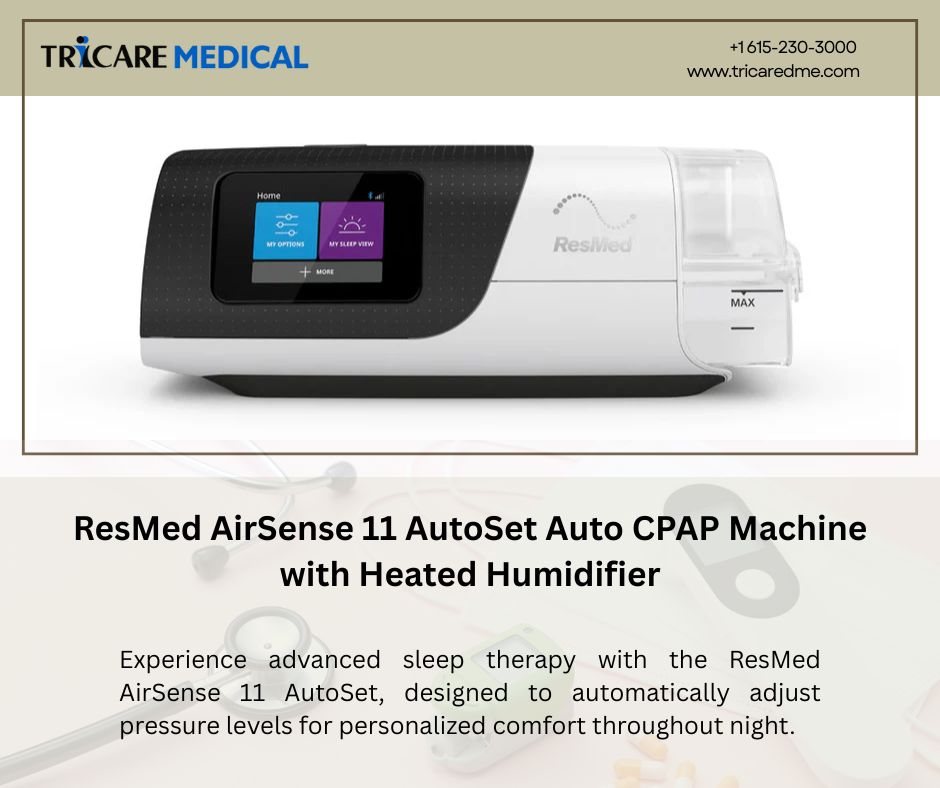Safety Tips for Using DME Medical Equipment at Home
- 5 min reading time
Using durable medical equipment (DME) at home can greatly improve comfort, safety, and independence for people managing health conditions, but it also introduces potential risks if not handled properly. Following expert guidance on setup, maintenance, and daily use is crucial for safety and peace of mind.
Understanding DME in the Home
Durable medical equipment includes wheelchairs, oxygen machines, hospital beds, shower chairs, and other supportive devices. Their correct use at home requires attention to both the equipment and the environment they’re used in. Becoming familiar with the basics of DME- durable medical equipment functionality and safety directly impact overall health outcomes.
Read and Follow Manufacturer Instructions
Always begin by thoroughly reading the manual that comes with each device. Manufacturer guidelines detail setup procedures, operating steps, cleaning recommendations, and maintenance routines specific to each piece of equipment. Overlooking these can lead to device malfunction, user injury, or damage to the equipment itself.
Keep instruction booklets in an accessible spot for reference.
Watch and share instructional videos if available.
Reach out to the DME provider with any usage doubts before operating the device.
Maintain a Clean and Organized Environment
Clutter around DME increases the chances of tripping or damaging valuable medical equipment. An organized space also helps caregivers or family members in emergencies.
Clear floors of loose objects and keep pathways open, especially near frequently used equipment.
Secure rugs with non-skid pads and clean up spills immediately to prevent slips.
Ensure Regular Cleaning and Disinfection
Hygiene directly affects equipment performance and user health. Dust, bacteria, or mold can quickly accumulate, especially in respiratory devices or shared equipment.
Disassemble components as directed and clean surfaces with approved solutions.
Sanitize parts needing sterilization as outlined, using proper methods like boiling or steam.
Always wear gloves and, if needed, masks or goggles when cleaning and disinfecting equipment.
Schedule Routine Maintenance and Inspections
Allocate time for routine maintenance, as recommended by the manufacturer or DME provider. Equipment wear and tear is common, and neglecting repairs can lead to serious risks.
Check for visible signs of damage: frayed cords, worn wheels, or loose parts.
Replace filters, batteries, and other consumable parts on time.
Document all maintenance and servicing, which helps track equipment safety.
Report recurring malfunctions and never use a device with a history of problems.
Power and Battery Safety
Many devices, such as oxygen concentrators or beds, rely on electricity or batteries. Power interruptions or faulty outlets can put users at risk.
Plug devices directly into grounded outlets and avoid overloading circuits.
Use surge protectors when appropriate and regularly check power cords for damage.
Test and replace batteries as needed and store spare batteries in a designated location.
Notify the electric company that medical equipment is being used in the home, if appropriate.
Train Family, Caregivers, and Users
Everyone involved in care should understand basic operation and emergency procedures for each piece of equipment.
Ensure at least one other person at home knows how to operate each device.
Hold regular reviews and practice sessions for transfers, alarms, and troubleshooting.
Children and uninformed adults should be instructed to get help in emergencies but not operate the equipment.
Monitor Alarms, Sensors, and Device Feedback
Many modern DME devices alert users to malfunctions, low battery, or user errors. Ignoring these warnings is a frequent cause of accidents.
Respond immediately to device alarms.
Regularly calibrate devices that rely on sensors or measurements, such as glucometers or infusion pumps.
Create a Safe Layout and Emergency Plan
Plan equipment placement for easy access yet minimal risk of collision or falls. Never block exits, and ensure device cords do not cross walkways. Map out an emergency plan for handling equipment-related incidents (like power failure, leaks, or falls).
Avoid Common Mistakes
Some frequently seen errors with DME include:
Improper device cleaning or sterilization, leading to infection.
Ignoring device servicing schedules, resulting in malfunctions.
Incorrect calibration, giving inaccurate readings.
Not educating all users and caregivers, leading to unsafe practices.
Responding to Problems Quickly
If a device malfunctions:
Stop use and switch to backups or manual methods if possible.
Contact the DME supplier immediately for repairs.
Keep emergency contact numbers accessible.
Read more: ResMed CPAP Mask | Buy Disposable Dental Sheet Online in TN US
Conclusion
Using DME at home safely is a partnership between diligent users, caring family or caregivers, and responsive equipment providers. Staying informed, proactive in maintenance, and quick to address issues creates a safe, supportive environment for anyone relying on medical equipment at home.



